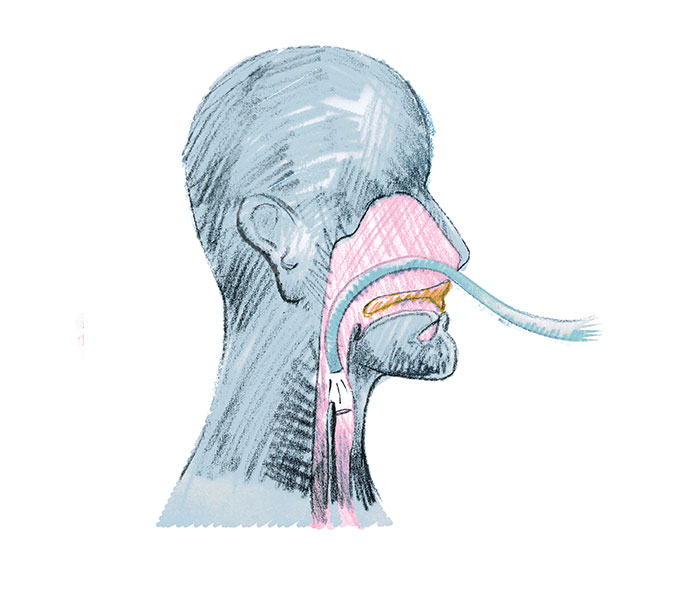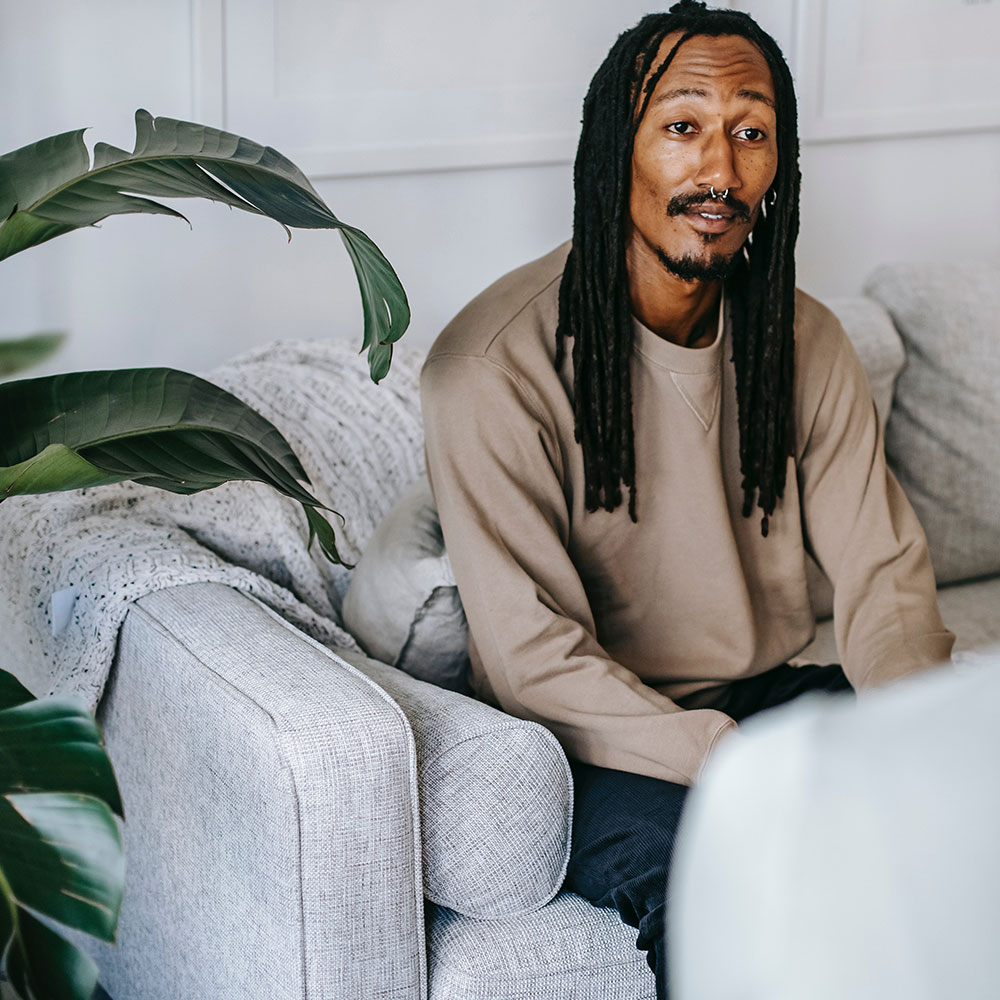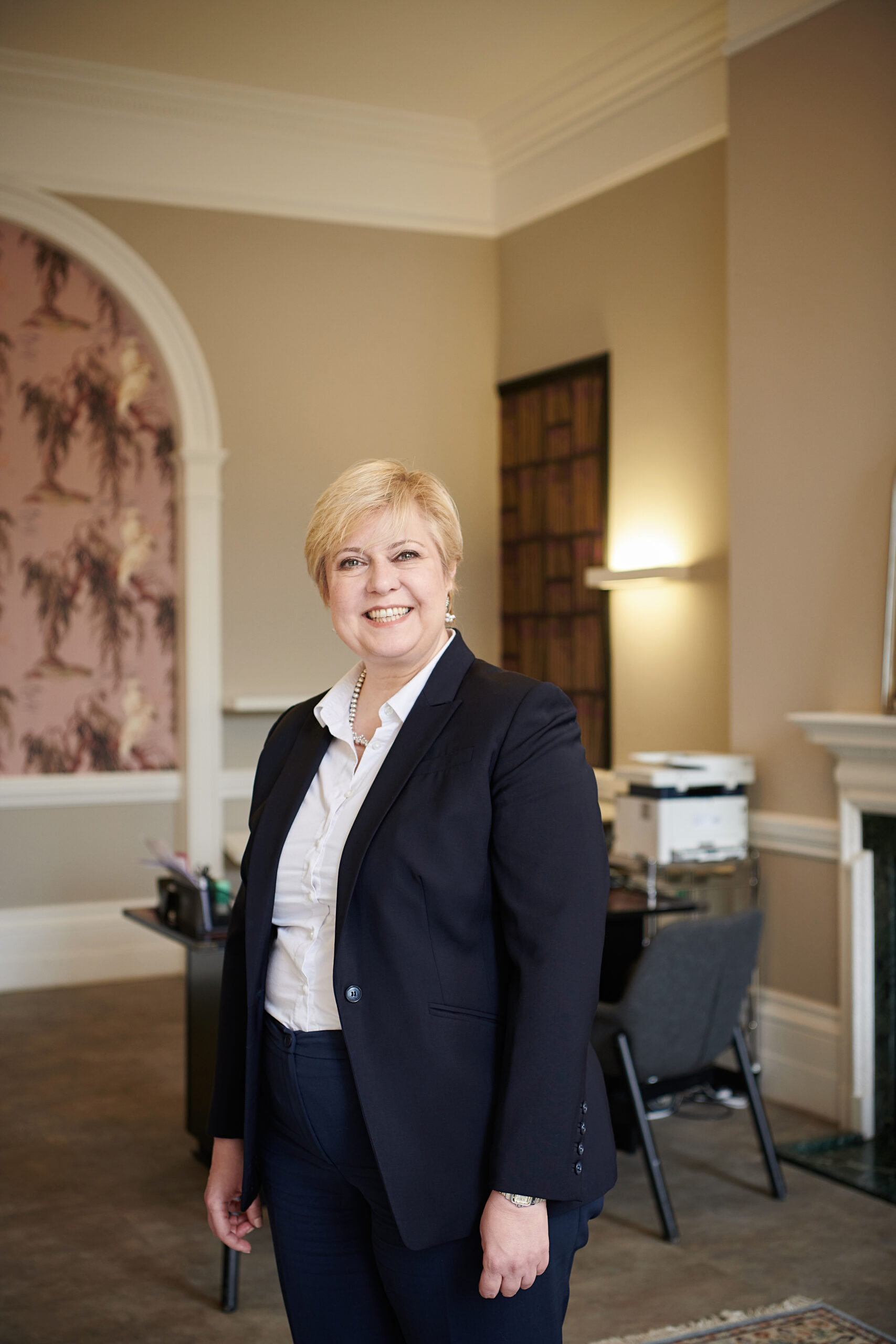Having a laryngoscopy or Endoscopic evaluation can be a confusing and scary process. At the Voice Care Centre we recommend Dr Eirini Lentari MD, PhD, one of the finest voice surgeons in the world who can assess and diagnose vocal pathology in your appointment.
Once a formal, biomedical diagnosis has been made, then a treatment plan may be put together by our fantastic team, or you may be referred for other therapeutic or surgical interventions.




